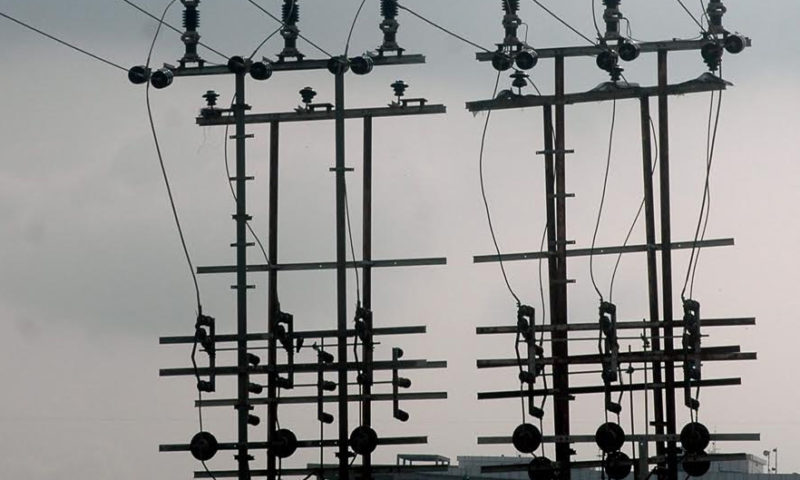On October 5, 2020, all employees of related to the electricity department of Uttar Pradesh threatened to boycott work. They were protesting against the proposed privatization of Purvanchal Vidyut Vitran Nigam Ltd (PuVVNL), one of the state government-owned distribution companies in the northern state.
Opposing privatization of power distribution is quite commonplace in India. Only that in Uttar Pradesh, it can get vehement. One may recall that years ago, attempts to privatize the loss-making Kanpur Circle came to naught due to staunch opposition of Uttar Pradesh Power Corporation Ltd, the state government-owned holding company.
For over ten years now, various attempts have been made to privatize power distribution in loss-making circles in Uttar Pradesh, mainly under the distribution franchisee model. Till today, the Agra Circle has been the only instance of success.
The plan privatize PuVVNL has been approved by the state government. According to reports, the idea is to disband PuVVNL into three companies and then privatize them. While finer details are not available, it is unlikely that the PPP route will be adopted. Under the PPP model, predominantly seen in Delhi (with Tata Power Delhi Distribution Ltd, BSES Yamuna Power Ltd and BSES Rajdhani Power Ltd), the state government and a private entity will form a joint venture that will be the power distribution licensee.
PuVVNL controls power distribution in eastern Uttar Pradesh. Headquartered in Varanasi, PuVVNL, according to information available, has 33 lakh consumers. Two cities covered by the discoms—Varanasi and Gorakhpur—wield political clout. Varanasi is the constituency of Prime Minister Narendra Modi. PuVVNL operates in six zones—Allahabad, Mirzapur, Varanasi, Azamgarh, Gorakhpur and Basti.
When privatization of the Kanpur circle was proposed with Torrent Power selected as the distribution franchisee, there were strong protests from UPPCL officials. Ultimately, the plan was rescinded. However, privatization of the Agra circle, once again to Torrent Power under the DF model, could go through.
Torrent Power took over the Agra Circle in April 2010. In all fairness, it has done well at least in terms of bringing down ATC losses. When operations were taken over, ATC losses stood at a huge 58.77 per cent. Now, they stand at a respectable 12.51 per cent. Power supply reliability and customer services have improved, as claimed by Torrent Power.
Privatization of power distribution needs enormous political will and the ability to overcome the acute resistance of government officials. However, this needs to be pursued. While state government officials would claim that privatization can only help business houses, as some labour unions have done in the current PuVVNL case, this is not entirely true.
Also read: Total dues of discoms rise 37 per cent in July 2020
Privatization has brought in good results and this can be easily seen in the 15-odd successful cases so far. Power distribution, if privatized, should be done in favour of reputed business houses that have long experience. In the cases that have failed, the distribution franchisee was invariably one with limited experience.
Yes, the joint venture route discussed above is what has worked very well. However, such models would take time to firm up. In the meanwhile, the asset-light distribution franchisee model where ATC losses are unpardonably high should be pursued, the opposition notwithstanding.
The author of this article, Venugopal Pillai, is Editor, T&D India, and may be reached on venugopal.pillai@tndindia.com

